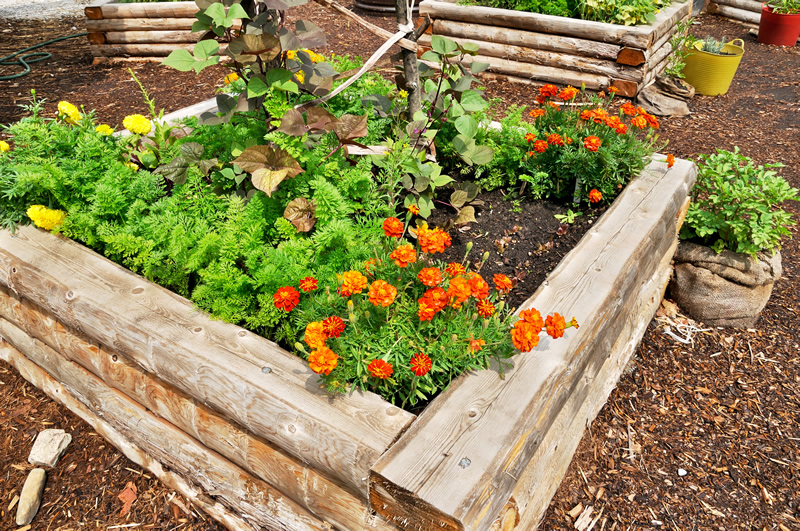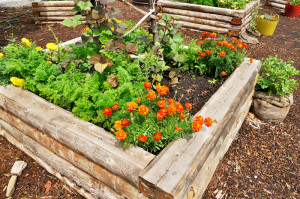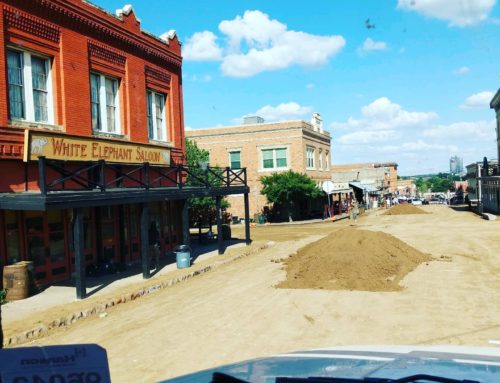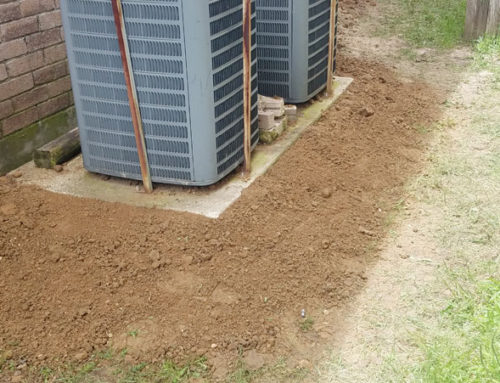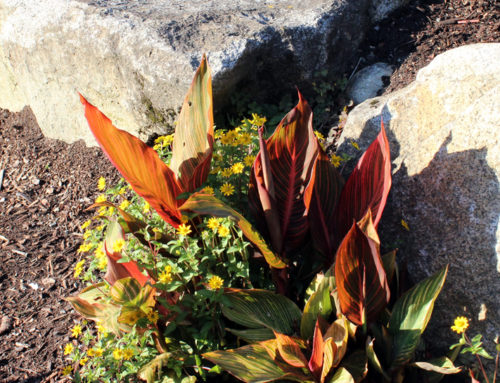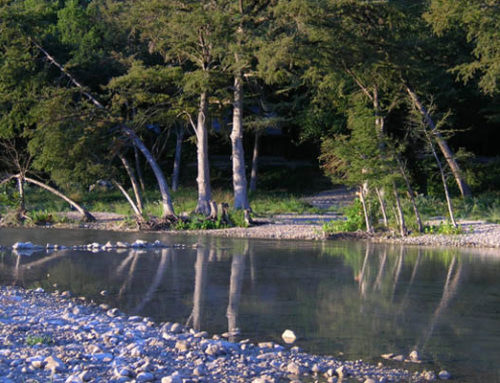A raised flower bed makes gardening easy. It gives you an eye-catching feature in your yard and a better view of your plants. Plus, by lifting them up, there is less strain on your back while gardening. Filled with soil mix, they provide the excellent drainage needed to grow picture-perfect vegetable and flower gardens.
Raised bed gardens are great for gardeners with poor soil especially in North Texas because you build above ground where you can control the soil texture and ingredients. Raised beds also warm up more quickly in spring, so it’s possible to plant in them earlier than in a flat bed. You have much more control over compost and mulch levels, resulting in a lighter soil mixture which improves the movement of both water and air, and roots can spread out in search of nutrients more easily than in compacted dirt. Therefore you can plant more densely in a raised bed than in a traditional garden of similar size. This will translate into happier healthier looking plants.
There are many styles of garden beds that you can build depending on your space, budget, and preferences. Here are some things to consider when starting your raised flower bed:
Materials
-
Wood is a very popular choice, because it is easy to work with and it is inexpensive, but be sure to avoid treated woods.
-
Concrete blocks or retaining wall brick are good sturdy options, though using them will raise costs a bit and installing them can be labor intensive.
-
Corrugated steel has a great strength to weight ratio, which means it’s strong without being too heavy. It’s also corrosion-resistant and relatively cheap.
Site Selection
-
Sun exposure – for optimum plant health and productivity most vegetables should receive at least eight hours of full sun each day.
-
Water access – you’ll want to have easy access to the hose or setup a timed sprinkler to combat the hot Texas sun.
-
Relative flatness – a flat site make is easier to set up proper drainage.
Size
-
Width – it should be no more than 4 feet wide so that it is easy to reach plants in the center.
-
Height – Raised beds don’t have to be very high to be effective. Even a six-inch rise will mean warmer, less compacted soil.
Prep Work
-
To improve drainage and prevent weeds from growing up into the garden, remove the grass beneath the bed and till the earth before adding soil.
-
You may want to consider laying down a wire mesh to prevent anything from burrowing up underneath your new garden for a snack.


